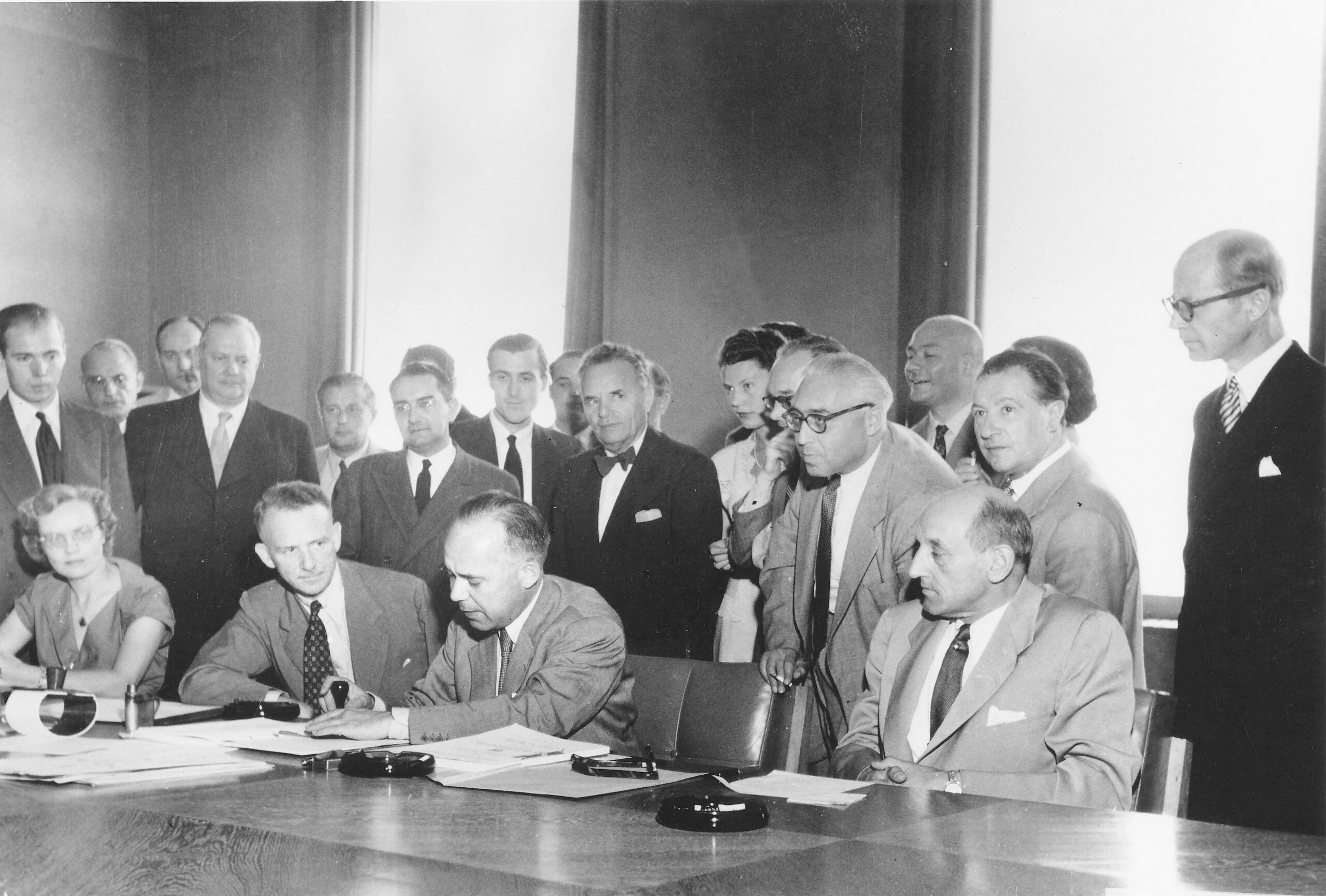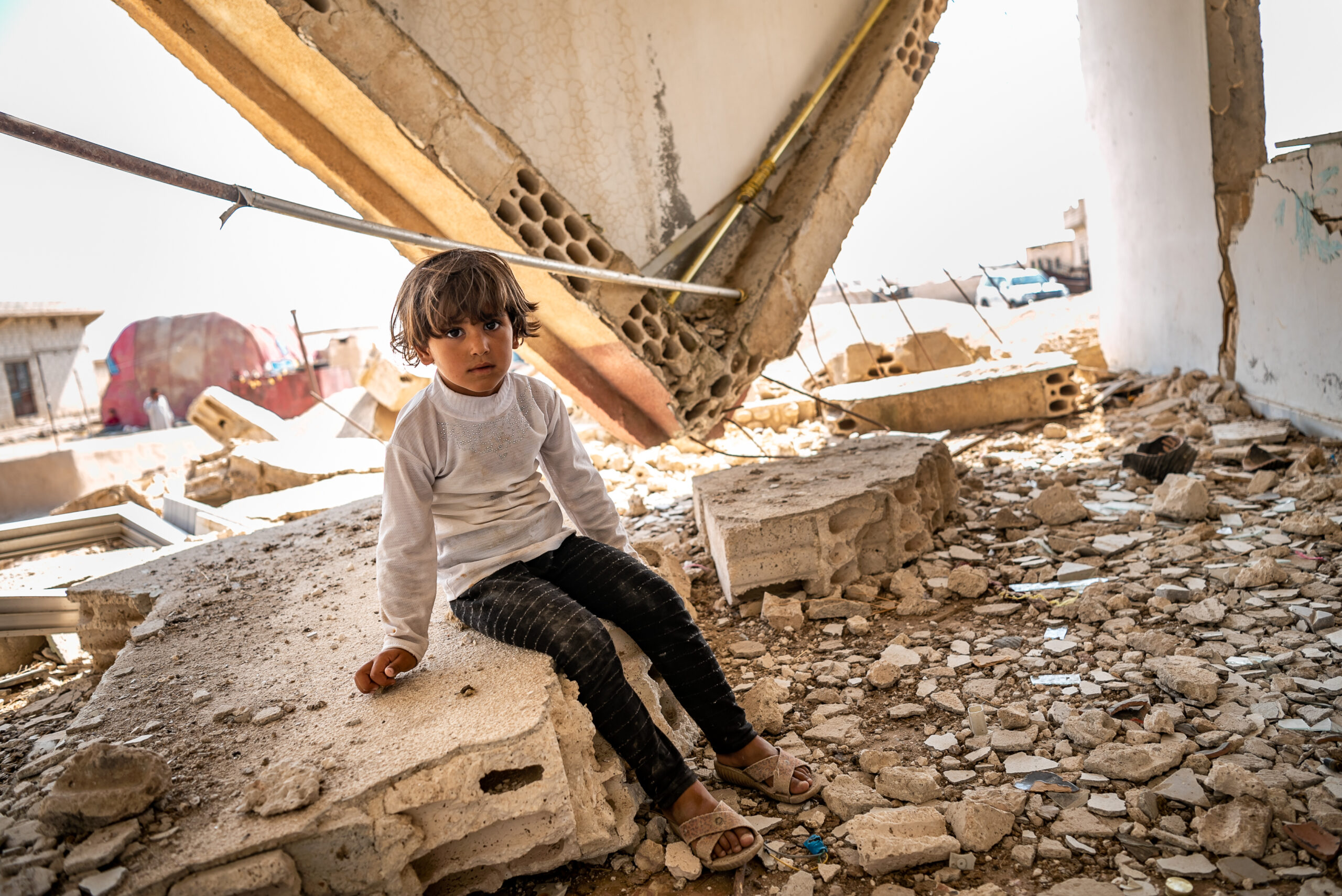70 Years Protecting People Forced to Flee
Who We Are?
For those whose lives have been uprooted and torn apart by conflict or natural disaster, UNHCR, the UN Refugee Agency, is there to help. Times have changed, but our mission has not.
As the world around us evolved, we were there to protect and care for people affected by the crises that made the headlines – and the ones that did not. Marking UNHCR’s many years on the ground is an opportunity to celebrate what we have achieved for the world’s most vulnerable. But this occasion also reminds us that the number of displaced people in need of our help is reaching a record high.
Seven decades later, our work of protecting refugees, the forcibly displaced and stateless people continues.
Today, we are in the field in over 130 countries.
Today, we are working harder than ever to save lives, safeguard rights and help build better futures for those whose lives have been uprooted and torn apart.
Today, we are helping refugees thrive, not just survive.
This is our story.

Establishment of UNHCR
UNHCR was found on 14 December 1950, during the aftermath of the Second World War, to help millions of Europeans who had fled or lost their homes. Today, over 70 years later, our organization is still hard at work, protecting and assisting refugees around the world.

The Refugee Convention
The 1951 Refugee Convention and its 1967 Protocol are the key legal documents that form the basis of our work. With 149 State parties to either or both, they define the term ‘refugee’ and outlines the rights of refugees, as well as the legal obligations of States to protect them.

50s
UNHCR’s first task in 1951 was to help an estimated 1 million mainly European civilians, including these refugees in a camp in Germany, still uprooted in the aftermath of World War Two.
© UNHCR

60s
Decolonization in Africa, and upheaval in Latin America made it clear that the term “refugee” could no longer be confined to those who had fled war in Europe before 1951. In 1967, the Protocol to the 1951 Convention entered into force, expanding the definition of refugee.
© UNHCR/S.Wright

70s
The flight of 10 million Bengalis to India in 1971 was the most dramatic exodus of the 20th century. UNHCR acted as focal point for a vast relief operation.
© UNHCR/WHO/D. Henrioud

80s
In 1981, UNHCR’s efforts around the world to respond to the rising number of people forced to flee were recognized with another Nobel Peace Prize. Throughout the decade, major assistance programmes were maintained, notably in Pakistan which, in 1986, hosted an estimated 2.9 million Afghan refugees.
© UNHCR/R. Maass

90s
UNHCR began providing assistance not only to refugees, returnees and displaced persons, but also to people directly threatened by expulsion or ethnic cleansing, as was the case in the former Yugoslavia.
© UNHCR/Anneliese Hollmann

2000s
In 2002, UNHCR oversaw the largest repatriation of refugees in more than three decades, with some two million Afghans returning home from Iran, Pakistan and the Central Asian republics. However, over three million Afghan refugees remained in Iran and Pakistan, and the organization made efforts to ensure that favorable asylum systems were in place in host countries.
© UNHCR/Clive Shirley

2010s
Over 5.6 million people have fled Syria since 2011 due to the ongoing wars. UNHCR provides life-saving humanitarian aid for Syrian refugees.
© UNHCR/Antwan Chnkdji

UNHCR in Hong Kong
Established in 1979 to cope with the influx of Vietnamese boat people, UNHCR Sub-Office Hong Kong’s mission evolved to include anyone seeking asylum in the Hong Kong Special Administrative Region. Following a landmark court decision, the Hong Kong government introduced the Unified Screening Mechanism (USM) to screen non-refoulement, or protection, claims on 3 March 2014. Since then, UNHCR is no longer involved in direct RSD in the territory, playing instead an advisory and capacity building role. Today, we continue to promote the cause of persons of concern and provide the legal and physical protection support needed to safeguard their rights throughout the adjudication process and beyond.
Finding solutions that enable refugees to live their lives in dignity and peace is a core part of our work. They can include voluntary repatriation, resettlement and local integration. When these traditional durable solutions are not achievable, complementary pathways for admission to third countries can help refugees access protection and long-term solutions. UNHCR works together with the people forced to flee, foreign consulates and NGO partners in Hong Kong to explore and expand non-traditional arrangements.

As UNHCR enters its 70th anniversary, we hope to fund 70 refugees to access tertiary education through the DAFI scholarship programme.
